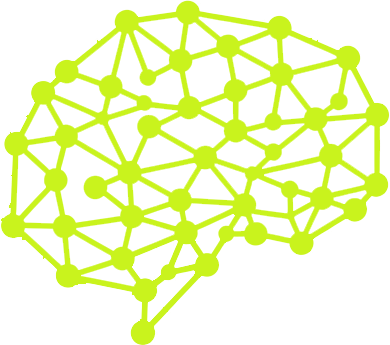Artificial Intelligence (AI) might sound intimidating or reserved for tech giants and Silicon Valley startups—but the truth is, AI is more accessible than ever, and it’s already helping everyday professionals save time, reduce stress, and level up their work.
If you’ve ever thought “I’m not tech-savvy enough to use AI”—this post is for you. Let’s break down exactly how AI can fit seamlessly into your daily workflow, even if you’re not a programmer or data scientist.
🔁 1. Automating Repetitive Tasks

Think of all the little tasks that steal your time—data entry, scheduling, formatting reports, or replying to basic emails. AI tools like Zapier, Make, or even Gmail’s Smart Replies can automate these mundane tasks, giving you more time to focus on strategic and creative work.
✅ Real Example: Set up an automation that sends a Slack message every time someone fills out a form on your website—no manual check-ins needed.
📊 2. Data Analysis and Insights
You don’t need to be a data analyst to get value from your data. AI tools can scan thousands of data points and present clear trends, patterns, and opportunities that are easy to understand.
✅ Try This: Use tools like ChatGPT or Excel’s AI-powered insights to analyze customer feedback or sales data and summarize what’s working—and what’s not.
🎓 3. Personalized Learning and Skill Development
Want to level up your skills without spending hours Googling? AI platforms like LinkedIn Learning, Coursera, or ChatGPT can create learning paths tailored to your goals.
✅ Pro Tip: Ask ChatGPT: “Create a 30-day plan to learn digital marketing in 30 minutes a day.”
🧠 4. Enhanced Decision Making
AI doesn’t just give you data—it gives you confidence. By analyzing possible outcomes and weighing pros and cons, AI tools can support more informed decisions.
✅ Use Case: Business owners use AI to forecast revenue or predict customer behavior based on past trends.
💬 5. Improving Customer Experience
AI-powered chatbots and automated messaging tools help answer questions instantly and around the clock—without burning out your support team.
✅ Try Tools Like: Tidio, Intercom, or Zendesk AI to handle FAQs while you focus on building real client relationships.
📅 6. Boosting Productivity with AI Assistants
Virtual assistants like Google Assistant, Siri, ChatGPT, or Notion AI can handle everything from writing emails to setting reminders or summarizing meeting notes.
✅ Daily Hack: Ask ChatGPT to organize your to-do list or write a follow-up email in your tone of voice.
🛡️ 7. Detecting and Preventing Errors
AI-powered tools can flag grammar mistakes, broken links, duplicate data, or even inconsistencies in documents—before they become a problem.
✅ Use Grammarly or Notion AI for real-time editing and suggestions that improve the quality of your work.
🎨 8. Augmenting Creative Processes
Creativity and AI can go hand-in-hand. From generating ideas to creating drafts, AI tools can jumpstart the process so you’re not stuck staring at a blank screen.
✅ Tools to Try: Canva AI for design, ChatGPT for blog outlines, or Jasper for ad copy inspiration.
📈 9. Resource Optimization
AI can help manage inventory, optimize budgets, or track time more efficiently—especially useful in retail, e-commerce, or service-based businesses.
✅ Example: AI systems in retail can automatically reorder products when stock is low—no spreadsheet required.
🛠️ 10. Predictive Maintenance
In industries where equipment is crucial (like manufacturing or logistics), AI can monitor performance and alert you before things break down.
✅ Real Impact: Businesses save thousands by avoiding downtime and unexpected repair costs.
💡 The Bottom Line: AI Is for Everyone
Whether you’re a solopreneur, a small business owner, or part of a growing team, AI is a powerful tool that can make your life easier, your business smarter, and your time more valuable.
And the best part? You don’t need to be a tech wizard to get started.
👋 Ready to Start Using AI in Your Workflow?
We help businesses and teams adopt AI without the overwhelm.
👉 Reach out today for a free consultation or AI audit and let’s unlock your potential together.





